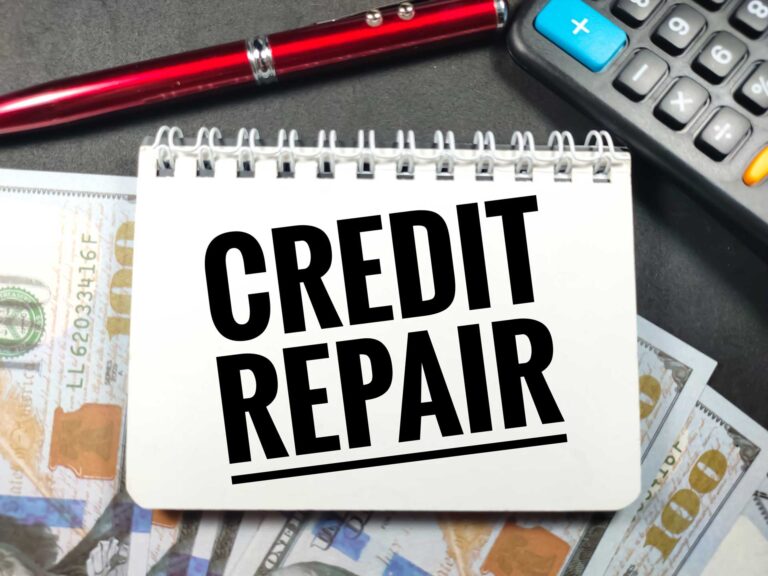How to Protect Yourself From Deceptive Sales
Deceptive sales can be a serious issue for any consumer. If you are a victim of deceptive sales, you may be entitled to compensation from the retailer or company that acted unfairly. The first step is to collect evidence. This can be anything that proves the deception, such as photos or video recordings.
If you’re unsure of what to do, there are several things you can do to protect yourself from deceptive sales: 1. Contact the Better Business Bureau (BBB) and report the seller. They can help you assess the legitimacy of the company or store and make a more informed decision about whether to continue dealing with them or move on.
2. Check out the fine print, and be wary of hidden warranties.
Businesses often bury warranty limitations and performance guarantees in the fine print of their products and services, but this practice can be extremely misleading for consumers. It can erode trust in the product and service, and could be a source of future complaints.
3. Shop around, especially online, and compare prices from multiple stores.
Many online sellers offer discounts and promotions that can be quite attractive. This can be a great way to save money, but it’s important to remember that not all deals are worth your time and money.
4. If the price looks too good to be true, it probably is.
Buying online is an excellent way to find the lowest prices on goods and services, but it’s important to be aware of some common deceptive tactics that can lead to costly mistakes.
5. Bait and switch: false advertising
In this deceptive marketing tactic, a company will advertise a product at a low price, then announce that the item is no longer available. Then, the store will sell a higher-priced version of the same product. This can be done by a salesperson who has a personal relationship with the customer or a third-party.
6. Discount claims are not based on list-price comparisons
Many retailers make discount claims that use illegitimate values. This type of deceptive advertising can result in higher prices for the consumer than if they had simply compared list prices, according to Jinhong Xie, assistant professor of management at the University of Florida’s Warrington College of Business.
7. Over-selling the product
This is one of the most common types of deceptive sales, and it can occur when a seller is overly enthusiastic about their product. They will often over-sell the features and capabilities of their product and may even tell customers that it’s a newer version than it actually is.
8. Deceptive advertisements
Another form of deceptive sales is the bait-and-switch sales technique. These salespeople are able to upsell the consumer to a more expensive product or service by promising them the teaser product will be available for a limited time at a lower price.
9. Bait-and-switch ads can be found on websites and in newspapers, magazines and even on TV commercials. They can be effective when used correctly, but they can also be very dangerous for consumers who are unaware of them.

